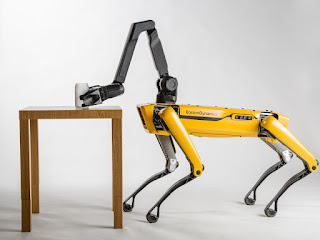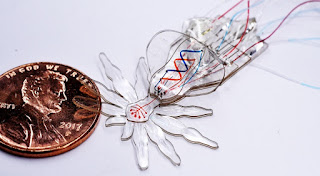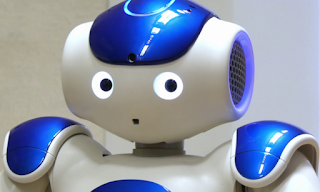China's Floating Solar Farms - Emerging Tech

Massive Solar Panels on Lakes to Soak Up the Sun A number of nations including China are chasing this idea...placing massive solar panels on bodies of water to maximize absorption of solar energy and allow the solar panels to operate with greater efficiency. Chinese Solar Leadership: Largest Floating Solar Farm China is leading the way in emerging solar technology. It opened the world's largest floating solar farm in 2017. It's on top of a lake that formed after an abandoned coal mine collapsed. The system's 166,000-panel array generates 40 megawatts of power which is enough to power 15,000 homes. A larger solar farm in the same locale is opening. That will generate 150 megawatts and power 94,000 homes. Overall, China installed 2 times more gigawatts of solar capacity than the US last year. It contributes almost half of the world's total solar capacity. Benefits of Floating Solar Farms Floating the solar panels on water protects farmland and wildlife











